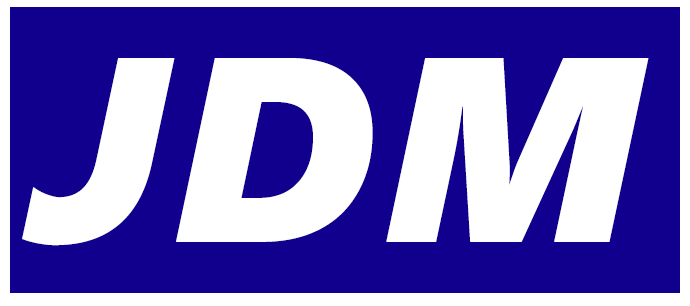The global magnet industry is booming, with applications spanning renewable energy, electronics, healthcare, and industrial automation. At the heart of this growth lies China, the world’s undisputed leader in magnet production. If you’re searching for a “magnet manufacturer” capable of delivering high-quality, cost-effective solutions, understanding the “Magnet China” advantage is critical. This guide explores why China remains the top choice for magnets and how to identify trustworthy suppliers in this competitive market.
1. China’s Magnet Manufacturing Ecosystem: Scale Meets Expertise
China produces 80% of the world’s rare-earth magnets, including neodymium (NdFeB), samarium cobalt (SmCo), and ferrite magnets. This dominance stems from:
- Resource Control: China mines 70% of global rare-earth elements (REEs), essential for high-performance magnets.
- Advanced Infrastructure: Specialized industrial clusters in cities like Ningbo, Dongguan, and Baotou streamline production.
- Technological Innovation: Investments in sintering, coating, and magnetization tech ensure precision for industries like EVs and wind turbines.
For businesses prioritizing both quality and affordability, partnering with a magnet manufacturer in China offers unmatched scalability.
2. Key Industries Served by Chinese Magnet Manufacturers
Chinese suppliers cater to diverse sectors with tailored solutions:
a) Renewable Energy
NdFeB magnets power wind turbine generators and EV motors. Leading magnet manufacturers in China supply 60% of magnets for green tech globally.
b) Consumer Electronics
Miniaturized magnets for smartphones, headphones, and wearables require micron-level precision—a specialty of Shenzhen-based factories.
c) Medical Devices
MRI machines and surgical tools rely on SmCo magnets for thermal stability. ISO 13485-certified Chinese plants meet strict medical standards.
d) Industrial Automation
From robotic arms to conveyor systems, ferrite magnets enable cost-effective automation solutions.
3. How to Choose a Reliable Magnet Manufacturer in China
Not all suppliers are equal. Follow this framework to mitigate risks:
Step 1: Verify Certifications
Look for:
- ISO 9001: Quality management compliance
- RoHS/REACH: Environmental safety adherence
- IATF 16949: Critical for automotive-grade magnets
Step 2: Assess Technical Capabilities
Ask:
- Can they produce custom shapes (arcs, rings, blocks)?
- What coating options do they offer (Ni-Cu-Ni, Zn, epoxy)?
- Do they provide demagnetization curves and BH testing reports?
Step 3: Audit Supply Chain Transparency
Reputable magnet manufacturers disclose:
- Rare-earth sourcing (e.g., licensed mines in Ganzhou)
- Production lead times (typically 4–8 weeks for NdFeB)
- MOQs (as low as 1,000 pieces for established suppliers)
Step 4: Request Samples
Test for:
- Dimensional accuracy (±0.05mm tolerance)
- Surface defects (chipping, uneven coating)
- Magnetic strength (Gauss measurements)
Pro Tip: Use platforms like Made-in-China.com or Alibaba to shortlist suppliers with “Gold Supplier” badges and 5+ years of trade history.
4. Cost Breakdown: Why Chinese Magnets Are 30–50% Cheaper
China’s pricing edge comes from:
- Economies of Scale: High-volume REE processing lowers material costs.
- Government Subsidies: Tax incentives for export-oriented manufacturers.
- Vertical Integration: Mines, alloy plants, and magnet factories under one conglomerate .
Sample Pricing (2024):
- NdFeB N52: 45–60/kg
- Ferrite Y30: 1.2–2.5/kg
- SmCo 2:17: 120–150/kg
5. Overcoming Challenges: Quality Control and IP Protection
While China offers advantages, smart buyers mitigate risks by:
- Hiring third-party inspectors (e.g., SGS or Bureau Veritas) for pre-shipment checks.
- Patenting custom designs before sharing CAD files.
- Using Incoterms like FOB to control shipping logistics.
6. Future Trends in Magnet Technology from China
Stay ahead with these innovations:
- High-Temperature Magnets: Grades working at 200°C+ for aerospace applications.
- Recycling Programs: 90% of REEs in scrap magnets now recoverable.
- Bonded Magnets: 3D-printed flexible magnets for niche uses.
Conclusion: Partnering with the Right Magnet Manufacturer in China
Navigating the “Magnet China” landscape requires due diligence but rewards businesses with unparalleled value. By prioritizing certified suppliers with proven R&D capabilities, you secure a competitive edge in pricing, quality, and innovation.
Ready to source magnets? Contact JDM—we bridge global clients with vetted Chinese manufacturers. With ISO-certified partners and end-to-end logistics, we ensure your magnets meet specs, budgets, and timelines.
